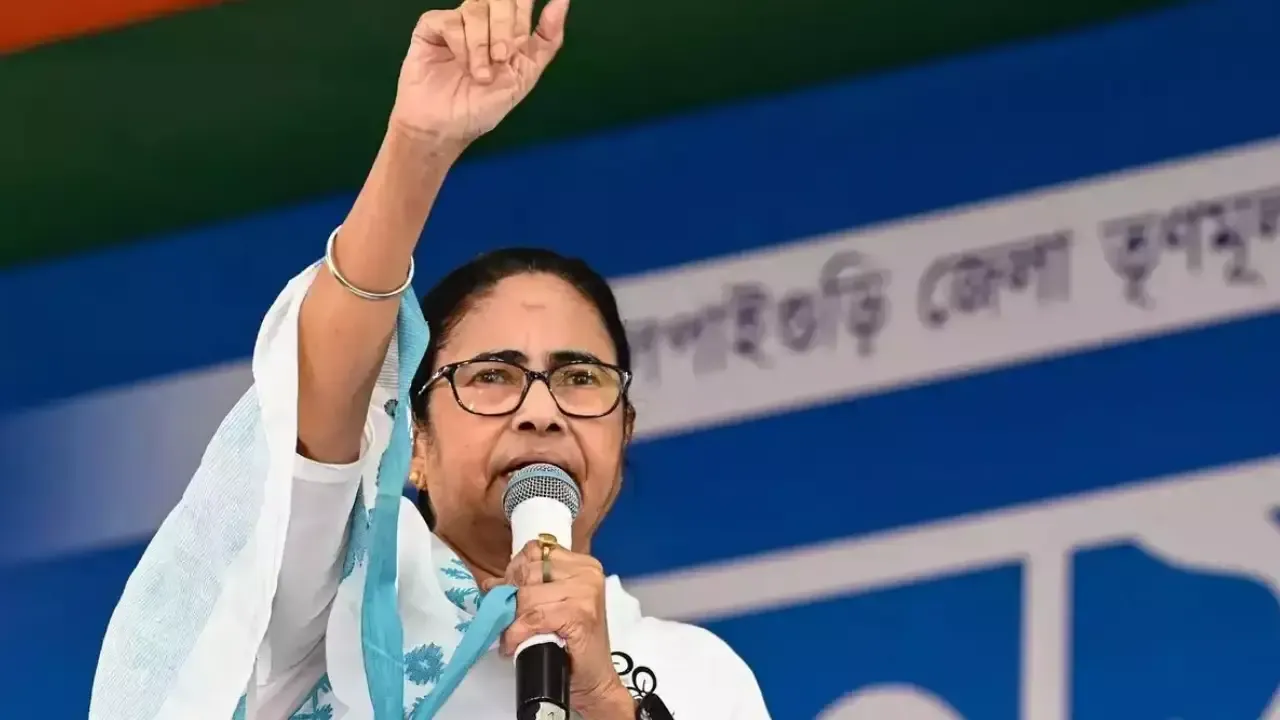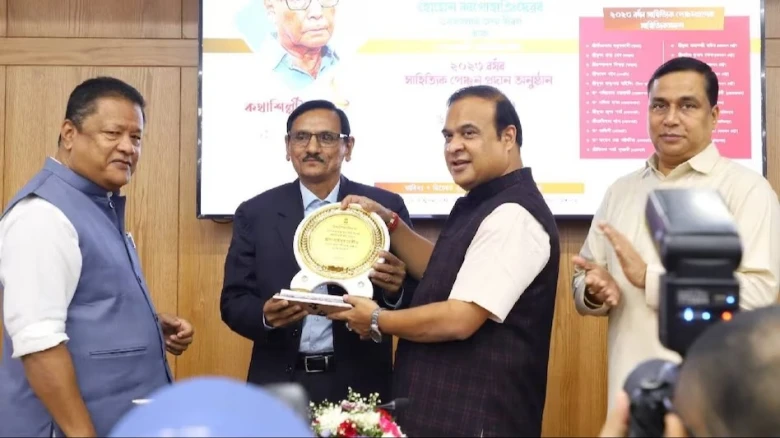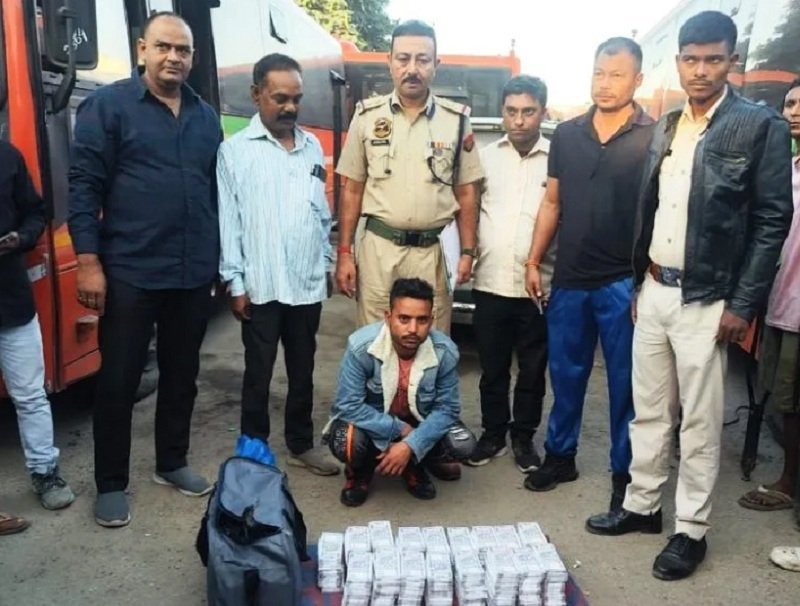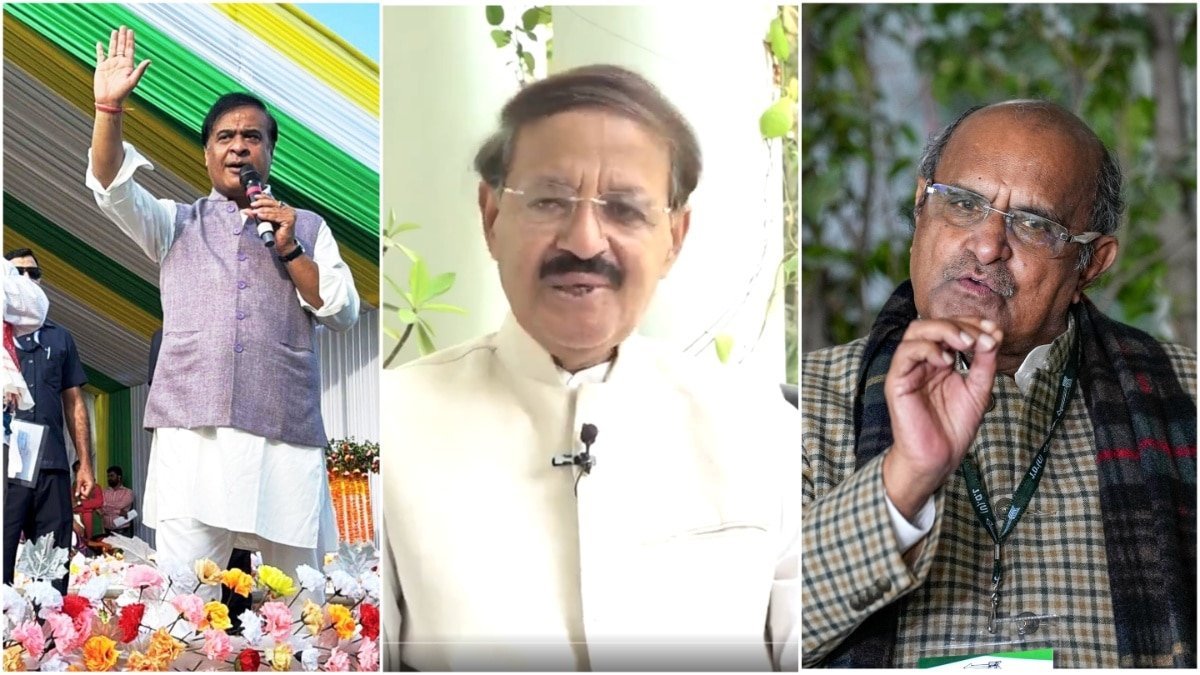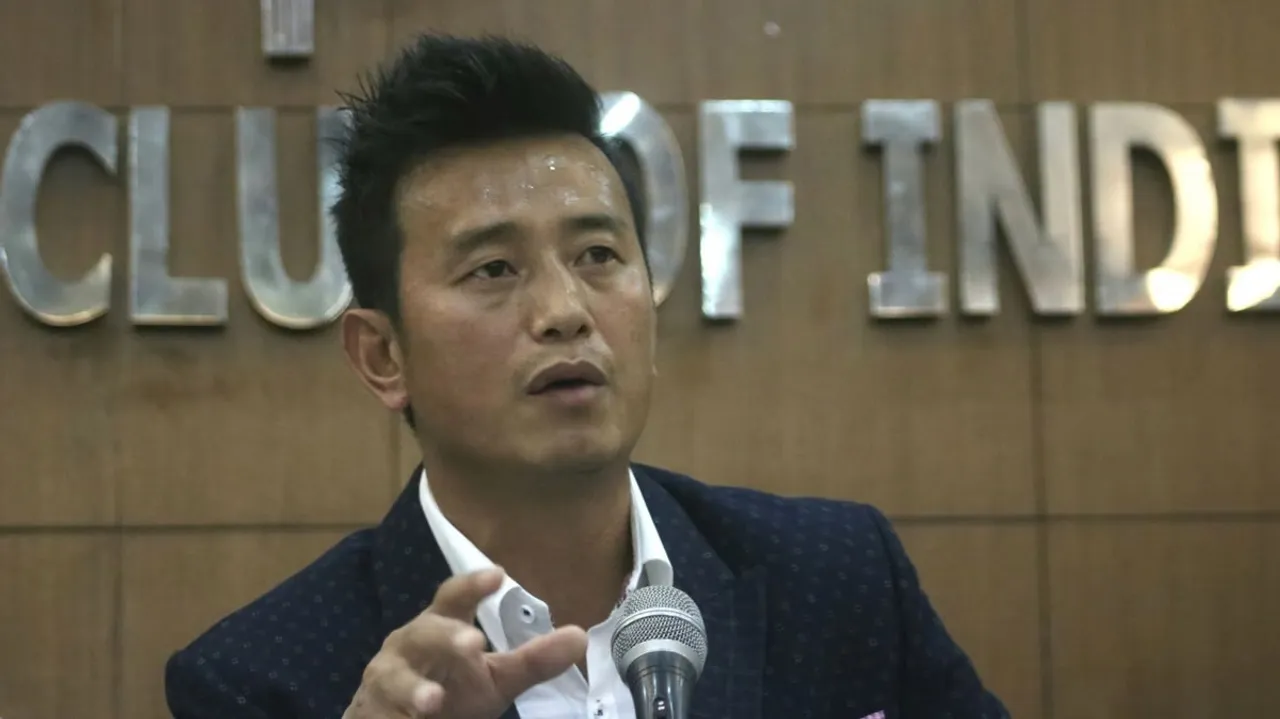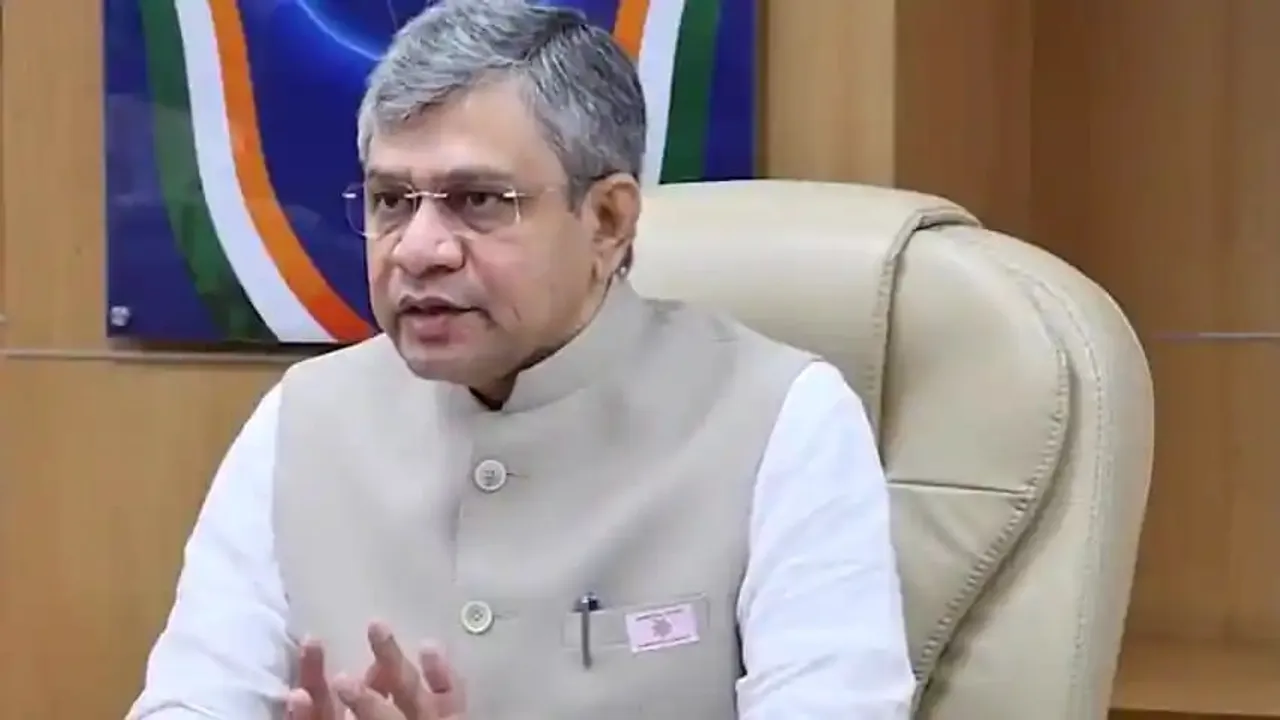Opposition INDIA bloc, formed to challenge BJP in upcoming general elections, is grappling with internal turmoil as West Bengal Chief Minister Mamata Banerjee expressed her desire to lead alliance. In a statement on December 6, 2024, Banerjee declared her readiness to assume leadership responsibilities while continuing her role as Chief Minister of West Bengal.
Banerjee’s comments come amid ongoing tensions within alliance, with members like Congress and TMC often clashing over strategy and leadership. Her remarks have reignited debate about bloc’s leadership structure and its ability to present a united front against BJP.
Mamata Banerjee’s Leadership Proposal
Banerjee’s candid remarks have brought INDIA bloc’s fragile unity into spotlight. During an interview, she stated:
“I formed INDIA bloc; now it is up to those leading front to manage it. If they can’t run show, what can I do?”
Key Highlights of Mamata’s Proposal
- She expressed readiness to lead bloc if her leadership is unanimously supported by members.
- Promised to manage opposition alliance from West Bengal, balancing her state duties with national leadership.
- Criticized bloc’s current leadership for inefficiencies in managing its affairs.
Banerjee emphasized that her leadership could bring stability to bloc, citing her political track record in defeating BJP repeatedly in West Bengal.
Support from Allies
Some INDIA bloc allies have shown support for Mamata’s leadership ambitions. TMC MP Kalyan Banerjee called on Congress and other bloc members to recognize Mamata’s potential as a leader. He argued that her consistent victories over BJP in West Bengal make her a strong candidate to lead alliance.
“Mamata Banerjee has a perfect record. Whenever Narendra Modi has faced defeat, it has always been in West Bengal,” Kalyan Banerjee said.
Shiv Sena (UBT) also backed Mamata’s willingness to lead, calling her a key player in bloc.
“We are aware of Mamata ji’s opinion. She is a significant partner in INDIA bloc, along with other regional leaders like Arvind Kejriwal and Uddhav Thackeray,” Shiv Sena (UBT) stated.
party announced plans to meet Mamata in Kolkata to discuss her vision for alliance’s future.
Opposition from Congress
Congress party dismissed Mamata’s proposal outright. Manickam Tagore, a senior Congress leader, sarcastically referred to idea as “a good joke,” highlighting tension between TMC and Congress within alliance.
Congress’ Concerns
- Congress leaders view Mamata’s proposal as an attempt to undermine Rahul Gandhi’s leadership.
- party fears that Mamata’s ambitions could destabilize bloc further and weaken its national appeal.
BJP’s Response
BJP, meanwhile, seized opportunity to criticize INDIA bloc for its apparent lack of unity and coherence. BJP spokesperson Pradeep Bhandari remarked:
“Mamata Banerjee’s statement makes it clear that entire INDIA alliance does not trust Rahul Gandhi’s leadership. This also shows that alliance leaders are more interested in internal competition than in presenting a credible alternative to BJP.”
BJP also reiterated its stance that INDIA bloc is a coalition formed solely to oppose Prime Minister Narendra Modi, without any substantive agenda for governance.
INDIA Bloc’s Leadership Dilemma
Mamata’s leadership bid has exposed leadership vacuum within INDIA bloc, raising questions about alliance’s ability to function effectively as a cohesive unit. While Mamata has significant regional influence, Congress remains largest constituent of bloc, making it difficult for any other leader to claim top position unilaterally.
Key Reactions and Stakeholder Perspectives
| Stakeholder | Reaction |
| Mamata Banerjee (TMC) | Expressed willingness to lead INDIA bloc, promising stability and effective management. |
| TMC MP Kalyan Banerjee | Urged bloc to recognize Mamata’s leadership potential, citing her consistent victories over BJP. |
| Shiv Sena (UBT) | Backed Mamata’s proposal, calling her a critical partner in alliance. |
| Congress | Rejected idea, viewing it as a challenge to Rahul Gandhi’s leadership. |
| BJP | Criticized bloc for internal discord, highlighting lack of unity among its leaders. |
Implications for INDIA Bloc
Challenges
- Internal Divisions: Mamata’s remarks have deepened rift between TMC and Congress, complicating alliance dynamics.
- Leadership Conflict: bloc lacks a clear leadership structure, with multiple leaders vying for prominence.
- Public Perception: Infighting may weaken bloc’s credibility as a viable alternative to BJP.
Opportunities
- Regional Strengths: Leaders like Mamata and Kejriwal bring significant regional influence, which can boost bloc’s appeal.
- Unified Strategy: If leadership issue is resolved, bloc can focus on presenting a cohesive policy platform.
Path Forward for INDIA Bloc
1. Resolving Leadership Disputes
alliance needs to establish a clear leadership structure, whether through consensus or rotational leadership. A united front is crucial to maintain voter confidence.
2. Strengthening Collaboration
Members must prioritize collaboration over competition to ensure bloc remains a credible alternative to BJP.
3. Clear Policy Agenda
bloc must articulate a unified policy vision that goes beyond opposing BJP, addressing key issues like unemployment, inflation, and governance.
Conclusion
Mamata Banerjee’s bid to lead INDIA bloc has brought alliance’s internal struggles into sharp focus. While her supporters tout her political acumen and track record, critics within bloc fear her leadership ambitions could destabilize fragile coalition. As 2024 general elections approach, INDIA bloc must resolve its leadership disputes and present a united front to effectively challenge BJP. Failure to do so could jeopardize its chances of success on national stage.
Disclaimer
This article is based on publicly available information as of December 7, 2024. Efforts have been made to ensure accuracy, but readers are encouraged to verify details through official sources for latest updates.
